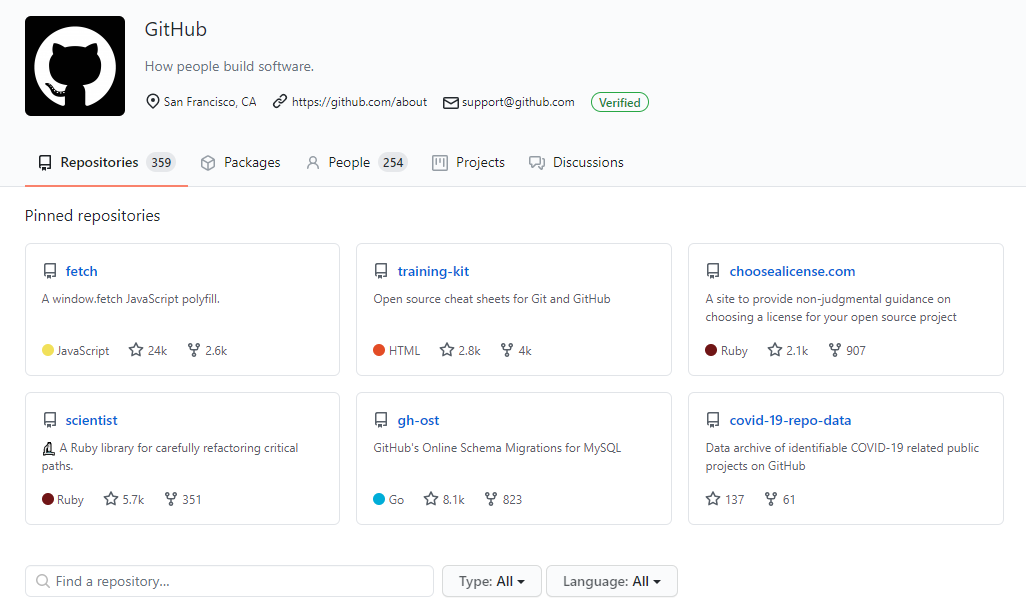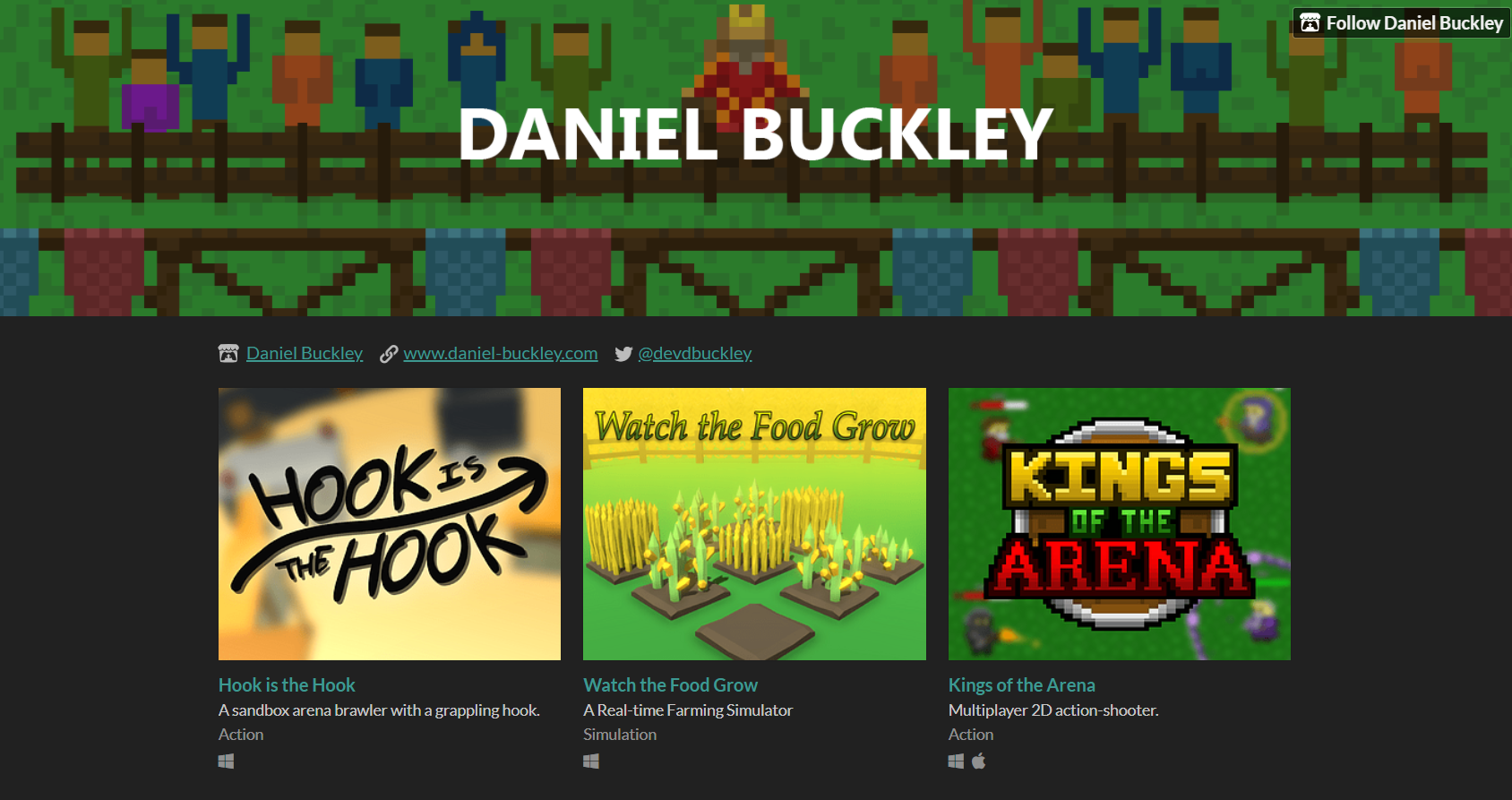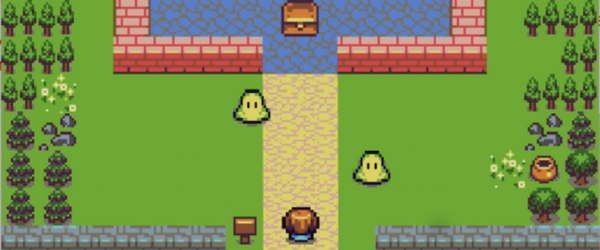If you’ve taken serious consideration to finding a job in any programming field, you’ll have surely asked how one goes about doing that. Job hunting is, sadly, not a straightforward venture, and one tons and tons of people struggle with every day. While it can be made easier by knowing certain people in the industry, if you’re new and have no connections, you’re going to need something to make you and your skills stand out against 100s of other applicants.
This is where a coding portfolio comes in. Whether you’ve heard of it or not, a coding portfolio is near essential when trying to find a job in the programming industry. This is the case no matter the specific development field you’re pursuing, as every data scientist, gamer, web developer, and more will generally need one. Again, though, if this is your first step into the industry, you may be coming into this without knowing what that is. In this article, we’re going to discuss this exact topic so you can learn not only what a coding portfolio is, but how you can build one yourself!
So if you’re ready to learn, let’s jump into it!
The Purpose of a Portfolio
In most industries out there, applying for a job requires a resume. A display of your soft skills, hard skills, and education. When it comes to getting a job in the coding or games industry, a portfolio of previous work is the most important thing to have. This doesn’t necessarily mean previous work in the professional industry – but projects you’ve made that relate to the job you’re going for.
As an example, if you’re applying for a job that requires experience in Python, the hiring manager will look for projects that prove your knowledge of Python. The same goes for other coding languages, game engines, and software.
If you are showcasing your work and proving your skills, your chance of getting hired will be greater than someone who doesn’t have a portfolio, or a very lackluster one. You can also consider your portfolio as a mark of your personal brand, which is something that will help make you stand out to potential employers.

Creating a Coding Portfolio
If you want to create a programming portfolio, you’ll need to have some projects. Since you’re looking to apply for a coding job, you most likely have experience in some coding language. When learning the language, you hopefully created a number of different projects. Even simple ones can be good showcases of your skills.
Before setting up a portfolio, you should go back through your previous projects and make them as presentable as possible.
- Clean up your code – make it readable!
- Refine your code to make it more efficient.
- Add comments to explain the various different aspects of the code.
Okay, so you’ve got your project’s setup and ready to go – what now? Now, we need to compile them together into a presentable format. When showing an employer your work, you don’t want to send them a ZIP file with all your projects. This is clunky and they probably won’t even bother. The best method would be to use GitHub. You can create an account and upload your projects. It has a presentable format, which allows people to view the source code. GitHub also allows for source control – if you haven’t been using GitHub, you should!

With GitHub, they also have a website hosting service called GitHub Pages. This is great for making a presentable resume, listing not just your projects but all the other things you would put on a resume. This does require knowledge of HTML though.
Creating a Game Developer Portfolio
When wanting to enter the games industry, having a good portfolio of projects is the number 1 thing that will get you hired. Going for a game networking job? Showcase games that feature networking. Gameplay programmer? Showcase games with gameplay mechanics you’ve created. In short, add the games most relevant to your developer portfolio to fit the kind of work you want to do!
There are a few places you can compile your projects in order to show potential employers:
- Itch.io – If you want people to play your games, put them on itch.io. A great game distribution platform that allows you to create a custom page to display all of your games.
- GitHub – When going for a games programming job, it’s good to showcase your coding ability. GitHub allows you to showcase project source code.
Of course, you can always build your own portfolio site as well. However, bear in mind that portfolio sites tend to have a lot more overhead in terms of cost. You might also want to consider that you should have some decent web design skills, as a poorly designed portfolio site may do more harm than good.

Portfolio Tips
When looking for a job in coding, showcasing previous work and projects can be an important factor for you getting hired. If an employer looking to hire sees your resume/portfolio, you want to make it as easy as possible for them to see your work.
On a single sheet resume, you can include a few projects you’ve made in the past. This allows an employer to easily see what you’ve worked on, without diving deep into your portfolio. It only needs to be a few dot points or less than a paragraph long. Make sure to include:
- Coding language and software used.
- Your contribution to the project (if you worked in a team).
- Aspects of the project which relate to the job you’re applying for.

Having a couple of these on your resume can be eye-catching and even entice the employer to dive deeper into your portfolio. Keep this in mind – you need to make it as easy as possible for someone reading your resume to get an understanding of what you know and what projects you’ve made in the past. If you’re sending a PDF resume, you can include a link to your GitHub or itch.io page. Make sure the link is easy to read and make it easy for the reader to know that it’s a link. Bold text, underlined, larger font size – make it eye catching.
As a final tip here, also remember that having contact information on hand with your developer portfolio is important as well. If employers can’t find your contact information, there could be an issue.
Links
Now let’s get started by creating our programming portfolio!
- GitHub
- GitHub Pages
- Itch.io
- Getting Started with GitHub – by GitHub Training & Guides
- What is GitHub Pages? – by GitHub Training & Guides
- How to IMPROVE your Itch.io Portfolio? – by Fadrik
Project Resources
- Coding for Kids: Languages and Project Ideas
- How to Code a VR Game
- How to Code an AR Application
- How to Make a Game – Making Video Games from Scratch





